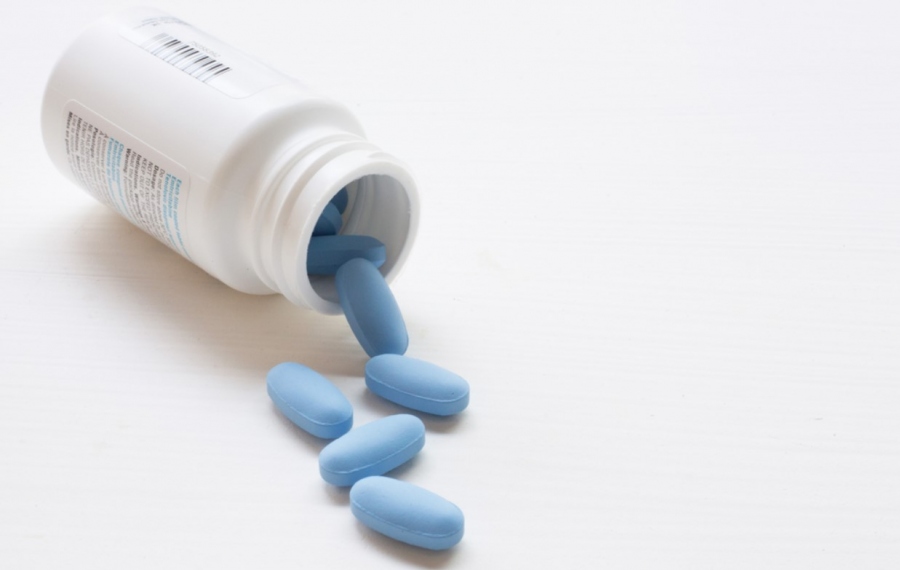Everyone fears getting a sexually transmitted disease, but certain factors might cause exposure that increases the risk of contraction. STDs are often severe, but unfortunately, symptoms do not develop soon after exposure. Some take days, weeks, or even months for symptoms to appear. Do not wait for symptoms after suspecting you might have an STD. You should take the steps below soon after suspecting you have one.
Practice Safe Sex
It is your responsibility to have protected sex from the moment you have a suspicion that you contracted an STD. Start by informing your partner about the reasons for worrying that you might be infected. The best step is to abstain from sexual activities until you can confirm these worries. You can also wear a condom for sex if abstaining is not feasible to prevent contact with your skin and body fluids.
Keep in mind that wearing a condom helps to protect sexual partners and yourself from further infection, but it isn’t always perfect. Safer sex is just the start of the steps since it might not be a foolproof measure for diseases that spread through skin contacts like HPV and herpes simplex virus. However, it reduces the risk of transmitting an infection you might have.
Take Post-exposure prophylaxis (PEP)
A daily dose of Pre-Exposure Prophylaxis (PrEP) decreases the risk of HIV infection by 99%. Nowadays, it is possible to virtual order PrEP medication. Unfortunately, some factors like being away from home may get in the way of this protective measure. The option to recent HIV after a high-risk encounter before taking PrEP is to take PEP. PEP helps prevent HIV infection 72 hours after sex. The risk of HIV infection lowers by 80% after taking PEP as directed by a doctor, but it should be as soon as possible because it may not be effective 3 days after exposure. You should also establish your HIV status after the risky sexual encounter and window period by having blood work done.
Get tested
Many STDs do not have obvious or immediate symptoms, so the best way to deal with suspicions of infection is by going for a test. The single and most effective way to know if you have a sexually transmitted disease is by a test at a medical facility.
Inform your healthcare provider of the reason that makes you suspect you have an STD, such as having unprotected sex or a former partner contracting an STI. It would help if you also revealed the time you got exposed and the last testing. A healthcare provider should inform you of the test you will take and the time to return for a repeat test because a test within the window period might show a false negative result.
It is important to inform sexual partners to go for a test if it shows you have an STD or if you feel they could be exposed. You can even use a service that sends anonymous e-mails requesting a partner get tested. All-in-all you are not alone, and there are treatments available if you do test positive, ask your doctor what’s right for you.

